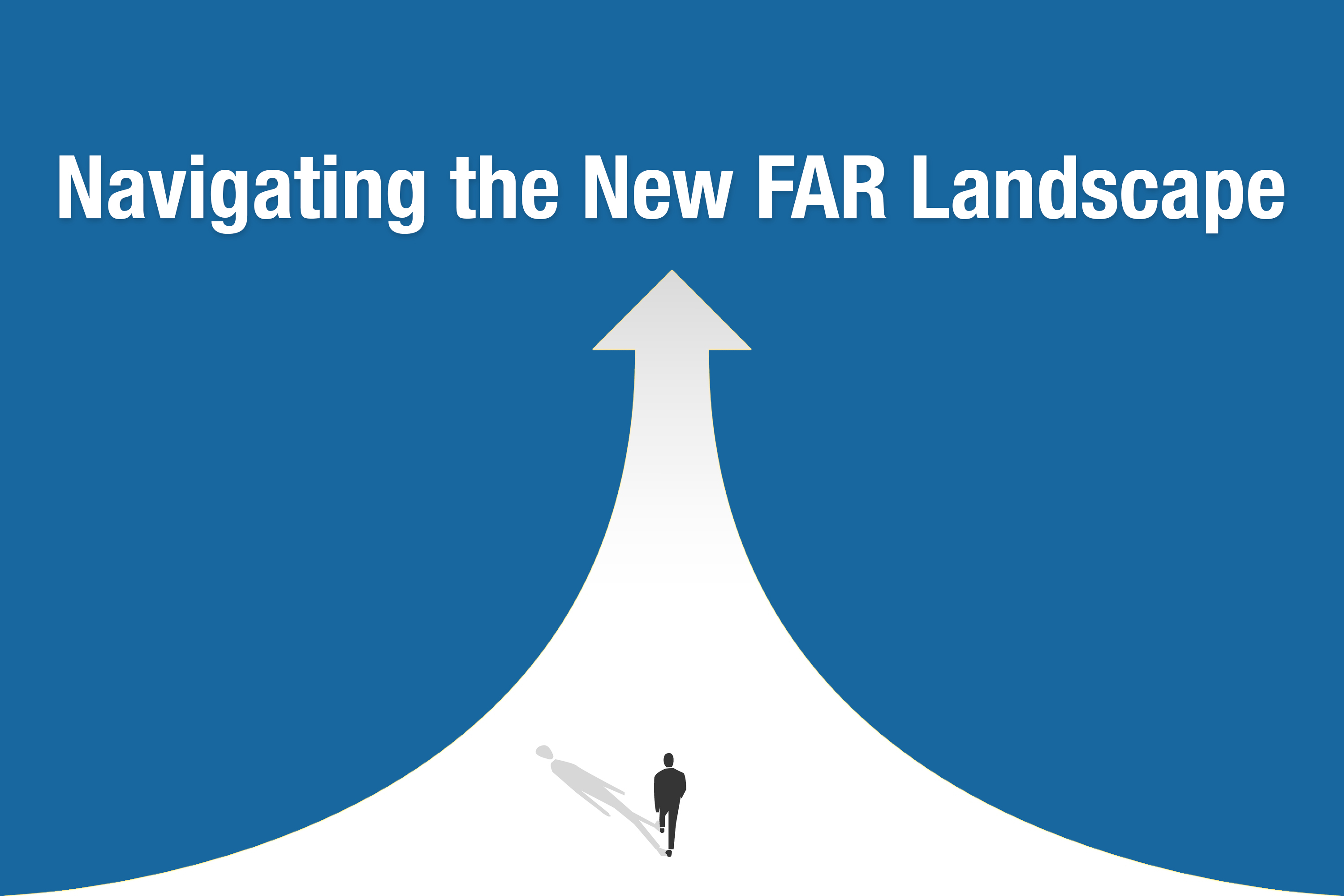
Part 2: The Path Forward – Navigating the New FAR Landscape
Post filed in: Acquisition
In part two of our blog series on the Revolutionary FAR Overhaul, we focus on the path forward. With procedural guardrails giving way to principles-based decision-making, this transformation demands new ways of thinking—and leading.
From agency leadership to frontline contracting officers, everyone in the acquisition community has a role in shaping the future. Today’s post offers practical insights for navigating this shift, supporting your teams, and preparing for implementation through training, mentorship, and collaboration.
So how do we navigate this transition?
- For leadership:
This transformation requires workforce retraining. Your acquisition teams will need comprehensive training programs that focus on principles-based decision-making rather than procedural compliance. Create safe spaces for practice and knowledge-sharing, and ensure your teams have the resources to build new skills while maintaining operations. Share best practices, create channels for questions, and celebrate innovative approaches while maintaining focus on fundamental procurement values. - For acquisition professionals:
Give yourself permission to feel uncertain, but don’t let that uncertainty paralyze you. Lean on your experience and judgment. Consult with colleagues. Document your decision-making process. And remember—the core guiding principles of federal procurement haven’t been removed, even if some of the prescriptive guidance has (check out the updated RFO guiding principles). - For contractors and the public:
Understand that federal acquisition teams are adapting to significant changes. Your patience and feedback are valuable as new approaches are tested and refined. Consider participating in pilot programs or providing feedback on draft approaches as agencies experiment with new procurement methods.
The Importance of Phased Implementation and Testing
A transformation of this magnitude cannot and should not happen overnight. While the Executive Order sets the direction, agencies will implement changes through a deliberate, phased approach with ample testing that includes the use of category-specific Buying Guides. Pilot programs focused on specific acquisition types or thresholds can provide valuable insights before broader implementation. These controlled experiments allow agencies to identify potential pitfalls, refine new processes, and build confidence gradually.
This measured approach balances the urgency for transformation with the prudence needed to ensure we don’t compromise procurement integrity in the process.
A Special Note for New Contracting Officers
For newly minted contracting officers and acquisition team members, this transformation presents a unique blend of challenges and opportunities. You don’t have the “muscle memory” of following detailed FAR requirements and clauses—which could actually be an advantage. You have the opportunity to develop your procurement approach with a principles-first mindset.
That said, you’ll need to seek mentorship more actively than previous generations. Consider finding multiple mentors who can offer different perspectives, join communities of practice where questions are welcomed, and document your decision-making process thoroughly.
Your fresh perspective, unburdened by “we’ve always done it this way” thinking, may actually position you to thrive in this more flexible environment—particularly if you focus on understanding the “why” behind procurement principles rather than just the “how” of procedures.

 U.S. General Services Administration
U.S. General Services Administration
